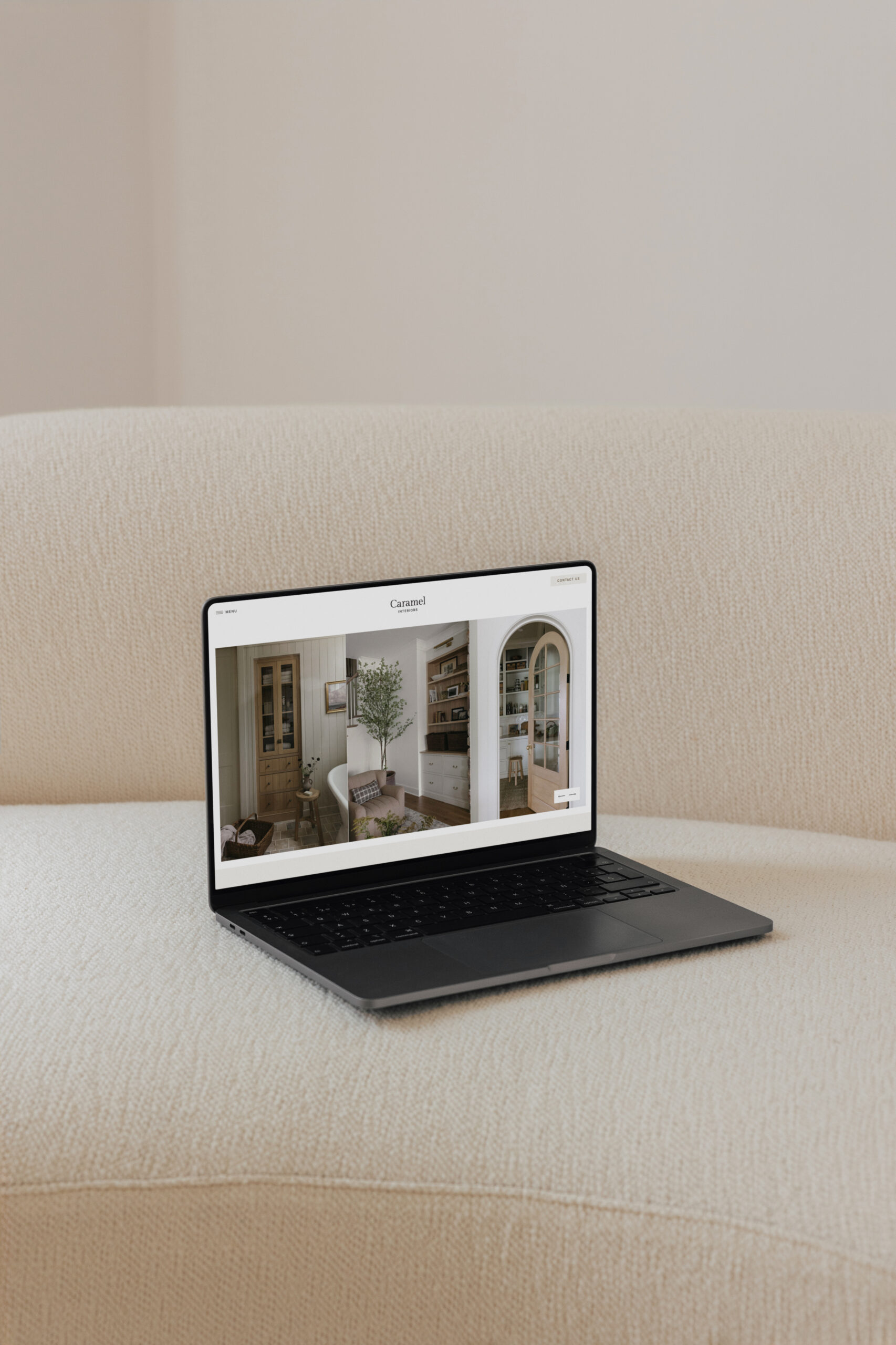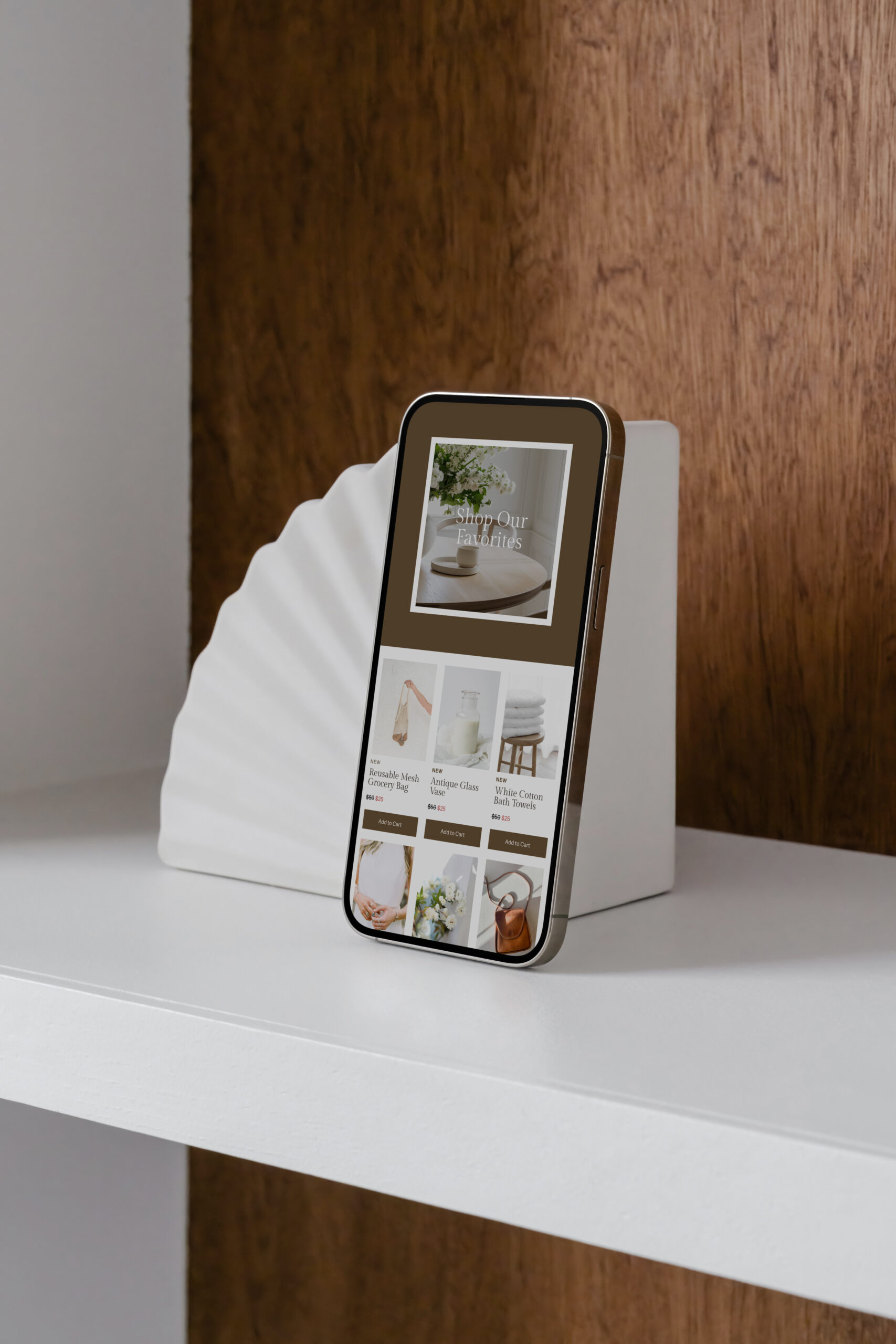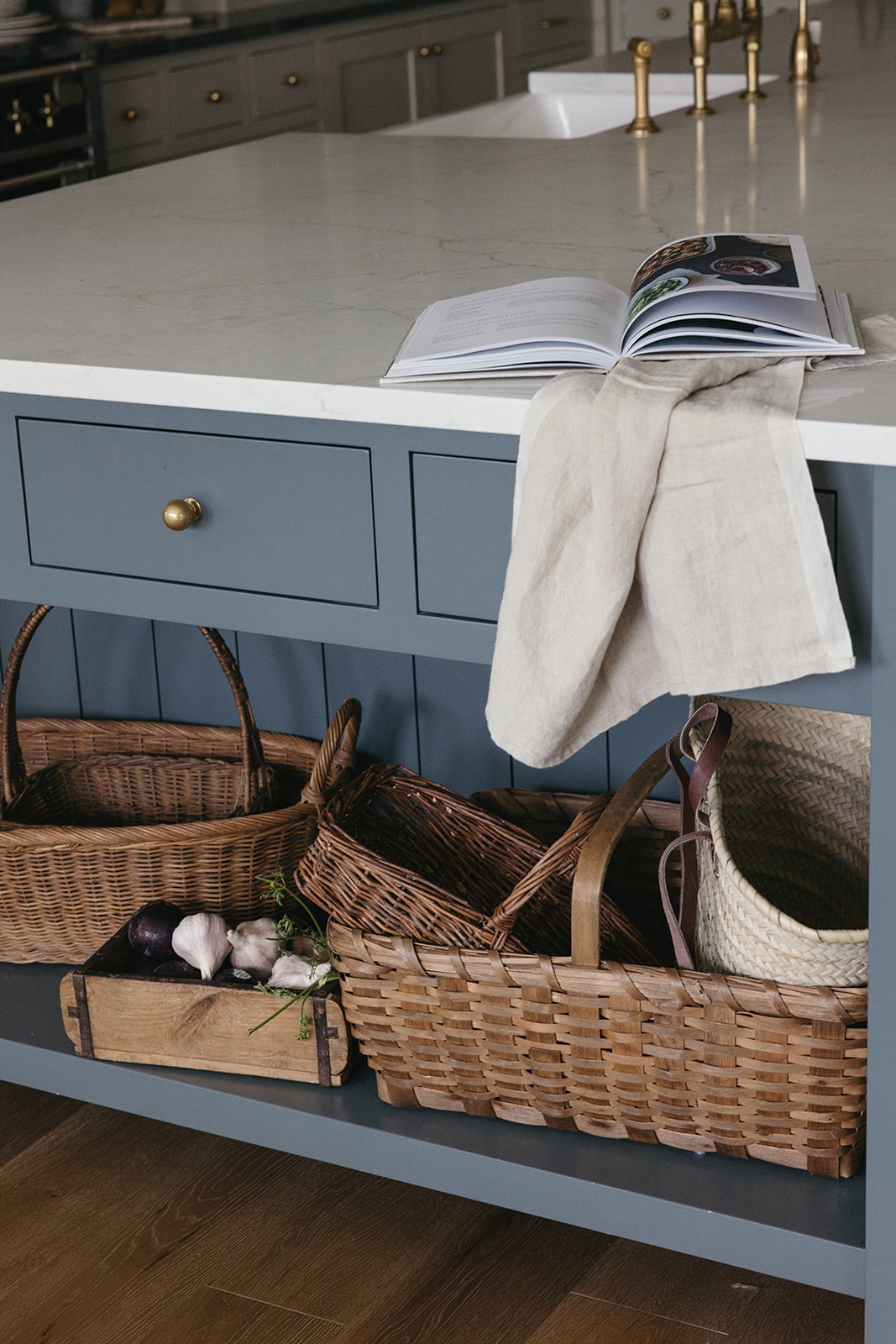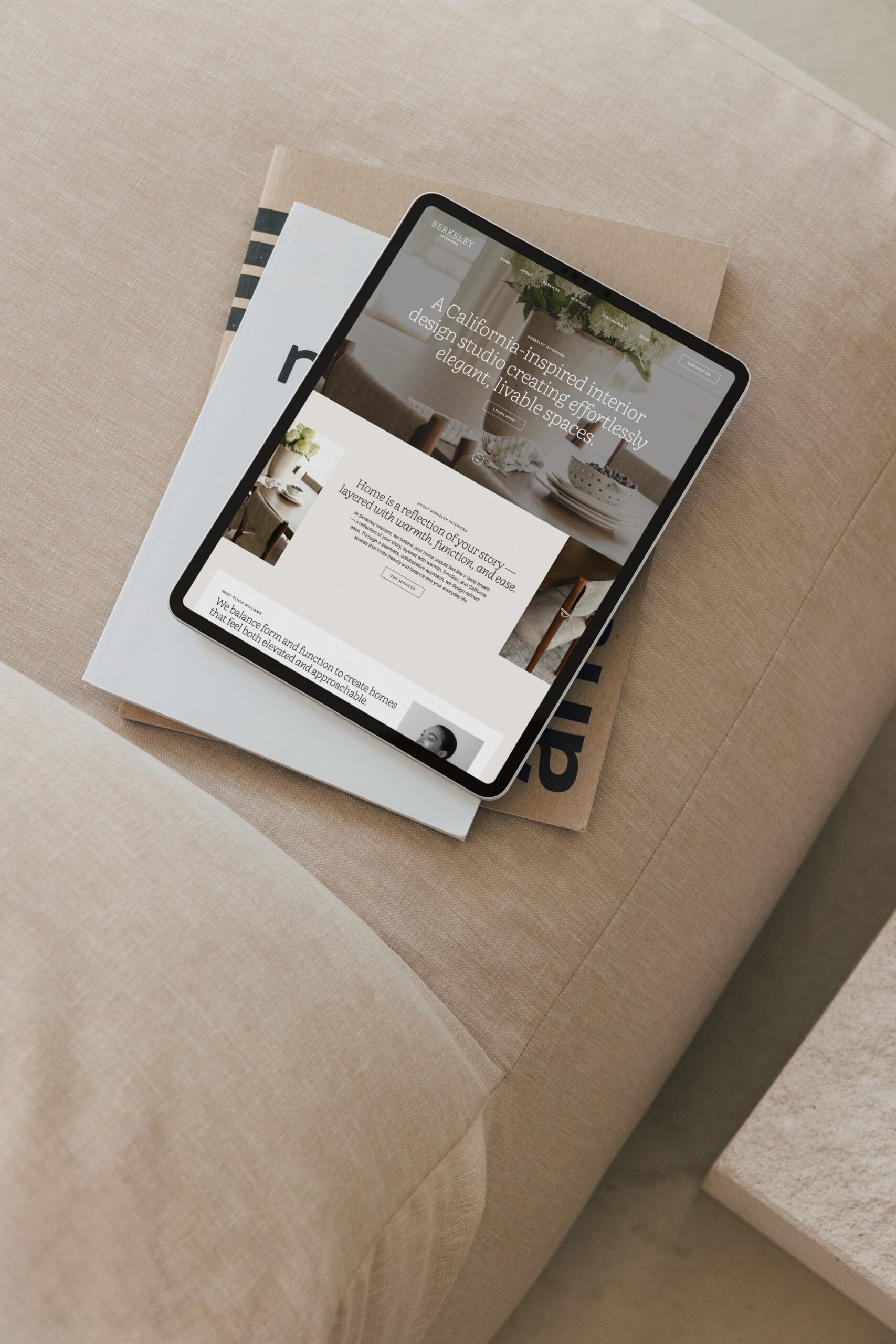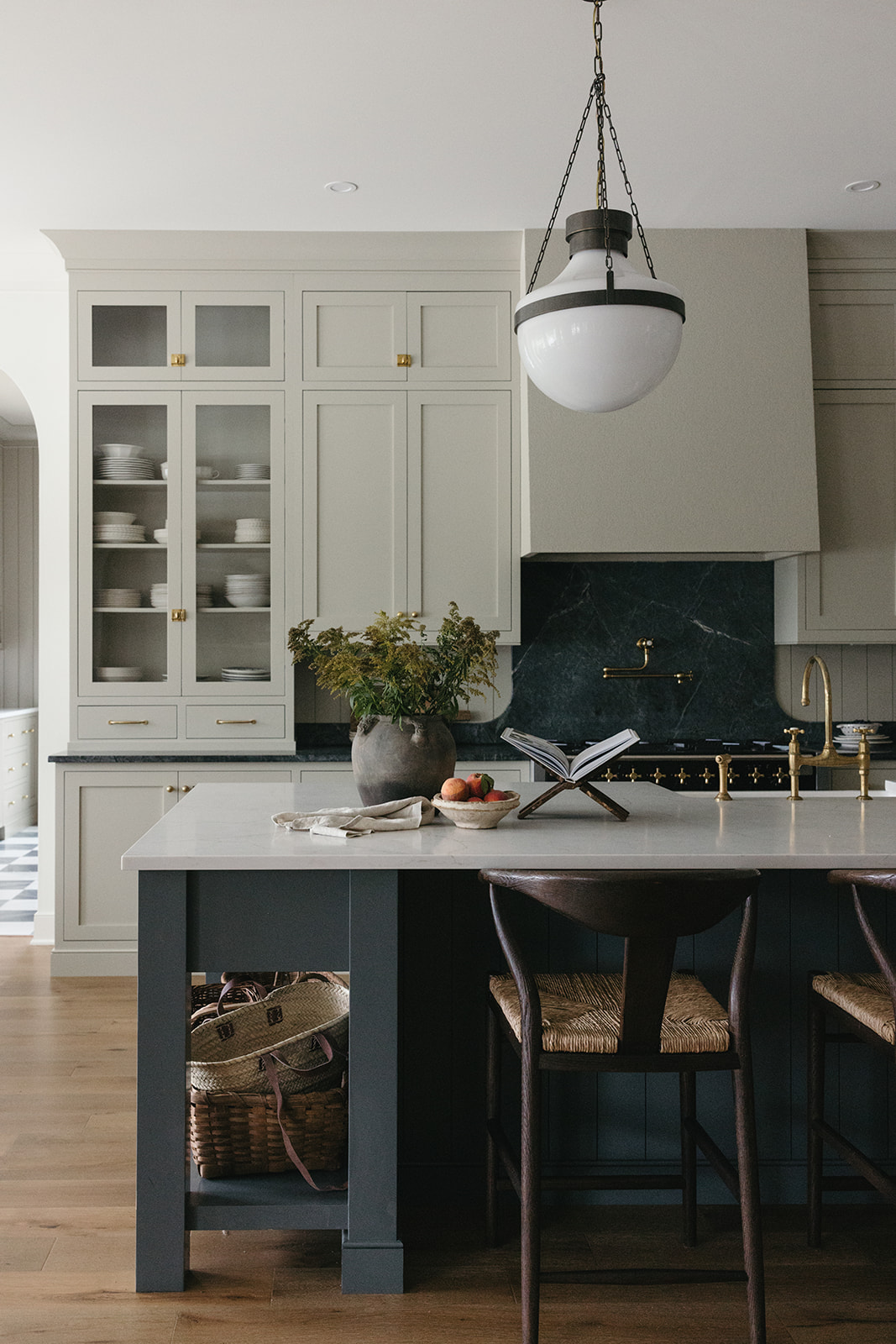How to Write the Perfect Blog Post for Interior Designers
As an interior designer, your blog can be a powerful tool for showcasing your expertise, connecting with potential clients, and improving your website’s visibility online. A well-written blog post can inspire readers, answer common design questions, and position you as a trusted authority in your field.
But knowing where to start — or how to structure your posts — can feel overwhelming. Whether you’re writing about design trends, project reveals, or practical styling tips, a thoughtful approach will help your posts feel polished, engaging, and valuable to your audience.
If you’re ready to start blogging with confidence, here’s how to write the perfect blog post for your interior design business.
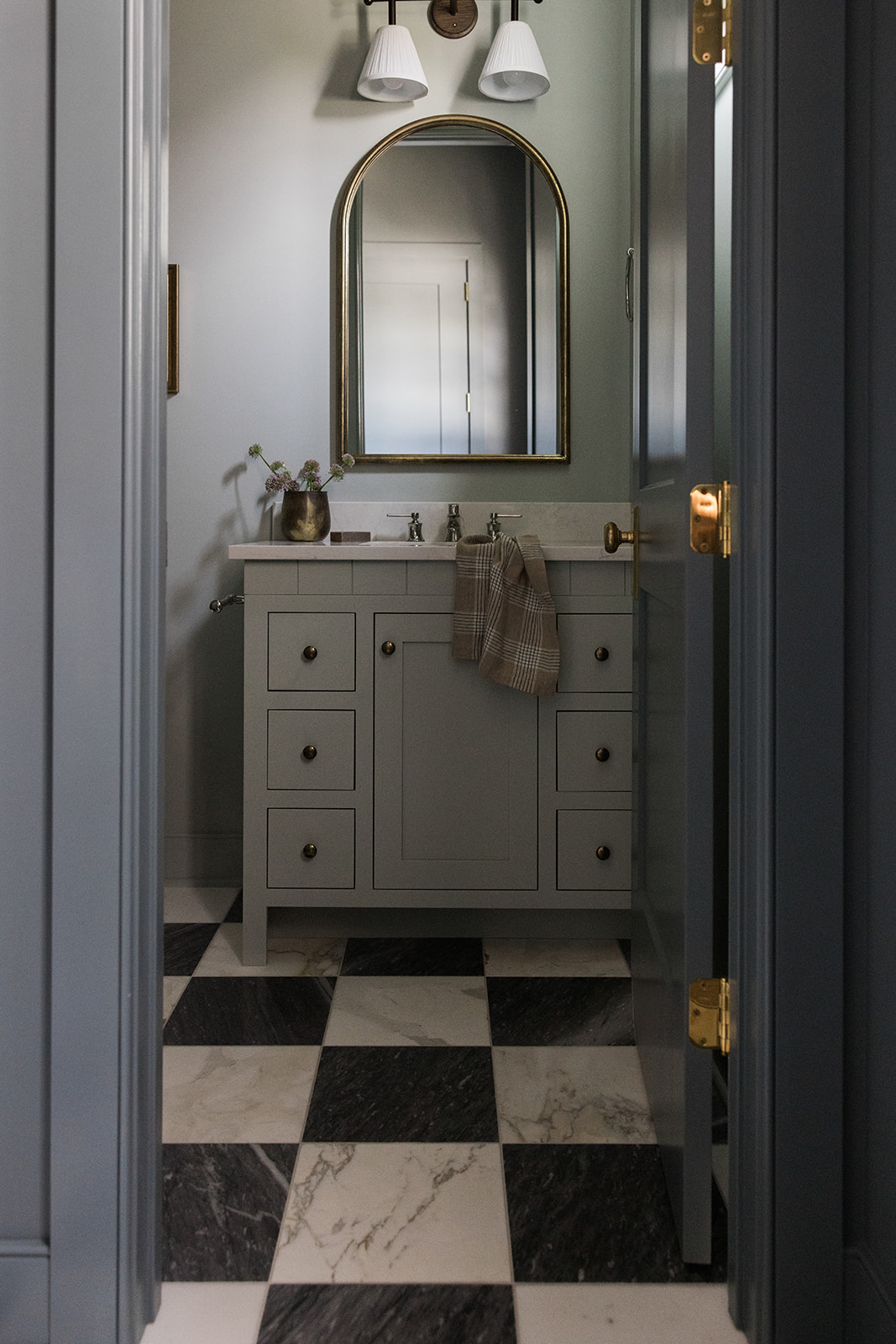
How to Write the Perfect Blog Post for Interior Designers
Start with a Clear and Engaging Topic
The best blog posts are both useful and engaging. Before you start writing, think about what your ideal client might be searching for. What questions do they have? What challenges are they facing when it comes to designing their home?
Some great blog post ideas for interior designers include:
- How to choose the right paint color for your space
- The biggest design mistakes homeowners make (and how to fix them)
- A behind-the-scenes look at one of your recent projects
- The best furniture investments for a timeless home
- Easy ways to refresh your space without a full renovation
Choosing a topic that aligns with your expertise while also providing value to your audience is the first step to creating a post that resonates.
Craft a Compelling Introduction
Your introduction sets the tone for the entire post. It should immediately draw the reader in and give them a reason to keep reading. Instead of jumping straight into the topic, try starting with a relatable question, a personal story, or a common problem your readers might be facing.
For example, if you’re writing a post about choosing the perfect paint color, you might begin with:
“Choosing a paint color seems simple—until you’re staring at hundreds of swatches, second-guessing every option. Should you go warm or cool? Neutral or bold? If you’ve ever felt overwhelmed by the paint selection process, you’re not alone. But with a few simple guidelines, finding the perfect shade for your space can be effortless.”
A warm, conversational introduction makes readers feel like they’re getting advice from a trusted expert rather than reading a generic article.
Use Clear Headings and Easy-to-Read Formatting
Most people don’t read blog posts word for word—they scan for key points. Breaking up your post with clear headings, short paragraphs, and bullet points makes it easier for readers to absorb your content.
Use headings to organize your post into sections, such as:
- Common mistakes to avoid
- Step-by-step guides
- Product recommendations
- Design tips for different spaces
Adding images, mood boards, or before-and-after photos can also enhance your post and make it more visually engaging.
Provide Valuable, Actionable Advice
A great blog post doesn’t just talk about a topic—it helps readers take action. Whether you’re sharing a design tip or walking through a project, be sure to include clear, actionable advice.
For example, if you’re writing about styling a coffee table, instead of just saying, “Add decorative objects,” you could say:
“Start with a tray to anchor your display, then layer in books, candles, and a personal object like a small sculpture or a travel keepsake. The key is to balance height, texture, and negative space for a curated yet effortless look.”
Providing specific, easy-to-apply suggestions helps readers feel inspired and empowered to make changes in their own spaces.
Infuse Your Personality and Perspective
Interior design is deeply personal, and your blog should reflect your unique voice and approach. Whether your style is modern and minimal, warm and layered, or classic and timeless, let that personality shine through in your writing.
Instead of writing in a formal or overly polished way, imagine you’re having a conversation with a client or a friend. Share personal anecdotes, your favorite design tricks, or the thought process behind your design choices.
For example:
“When designing a living room, I always consider how the space will be used. Will it be a cozy retreat for reading, or a gathering place for family and friends? Once you know how you want the space to feel, choosing furniture, lighting, and color palettes becomes so much easier.”
By making your blog posts feel personal and approachable, you’ll create a deeper connection with your readers.
End with a Strong Call to Action
Every great blog post should guide readers toward a next step. If a potential client loves your post, what should they do next?
Consider ending your post with a question to encourage engagement, such as:
“Have you tried any of these design tips in your own home? I’d love to hear how they worked for you!”
Or, if you want to attract new clients, you might say:
“Looking for a more personalized approach to your home’s design? I’d love to help bring your vision to life. Get in touch to schedule a consultation!”
Including a call to action helps turn casual readers into engaged followers or potential clients.
Keep Your Blog Posts Consistent
Blogging doesn’t have to be overwhelming or time-consuming. Even posting once a month can help build your brand, improve your website’s visibility on search engines, and position you as an expert in the industry.
If you’re short on time, consider planning out a few blog topics in advance or repurposing content from client projects, social media posts, or frequently asked questions.
Create a Blog That Works for Your Business
A well-written blog post isn’t just a collection of words—it’s an opportunity to connect with your audience, share your expertise, and grow your interior design business. By choosing relevant topics, providing actionable advice, and writing in a warm, engaging voice, you can create content that truly resonates with potential clients.
If you’re looking for an easy way to build a beautiful, strategic website that makes blogging effortless, explore our Showit website templates for interior designers at Coastal Template Co. Designed with both aesthetics and functionality in mind, our templates help you create a space that feels polished, professional, and perfectly aligned with your brand.
Elevated Marketing Templates for Interior Designers
Your interior design business deserves a brand and marketing strategy as polished and intentional as the spaces you create. At Coastal Template Co, we offer done-for-you Showit website templates, Flodesk newsletter templates, and Canva Instagram templates — designed to help you showcase your work beautifully, connect with your ideal clients, and market your interior design business with ease. Explore our collection of relaxed yet refined marketing templates for interior designers and create a seamless, sophisticated online presence that elevates your brand.
At Coastal Template Co, we believe your business deserves to shine online — without the overwhelm.
Backed by over 10 years of design expertise and a deep understanding of the interior design industry, we craft easy-to-customize templates that combine style and strategy.
Chosen by more than 3,000 interior designers, our templates help you showcase your work beautifully and market your business with confidence.
About Coastal Template Co.
Rooted in simplicity and style, each template is designed to reflect the elevated, polished look your business deserves.
Timeless, elevated design.
No code, no overwhelm. Just easy-to-use templates with drag-and-drop features to help you customize and launch confidently.
Simple, stress-free customization.
Every template is thoughtfully created just for interior designers — with layouts, features, and visuals that feel like home.
Designed for interior designers.
